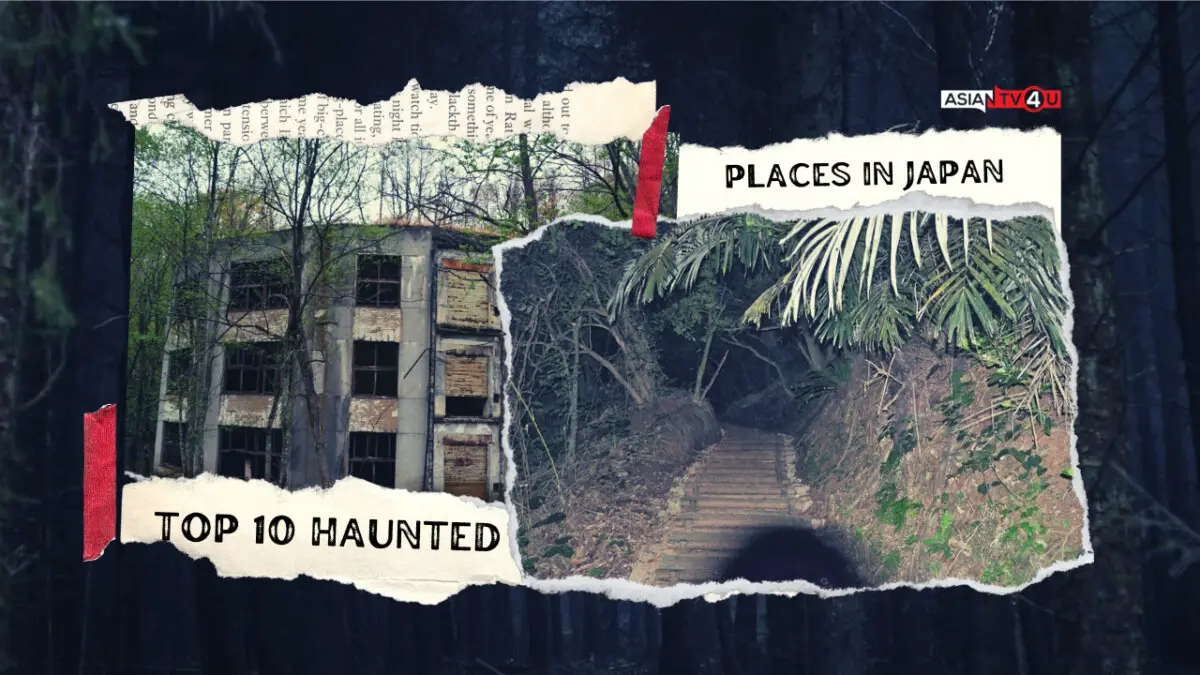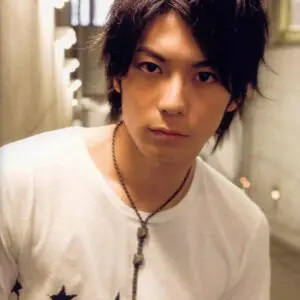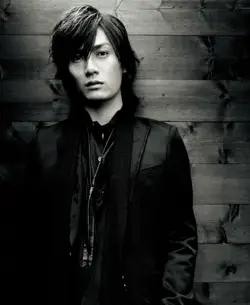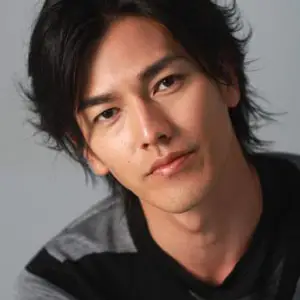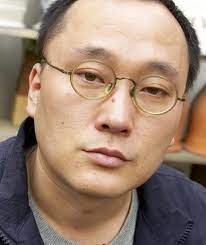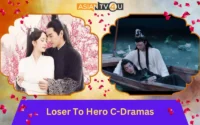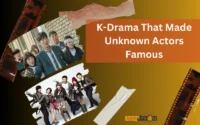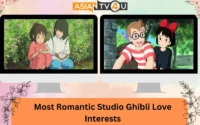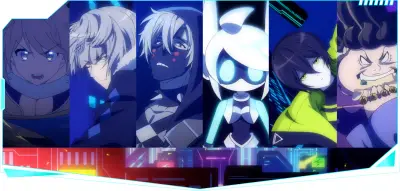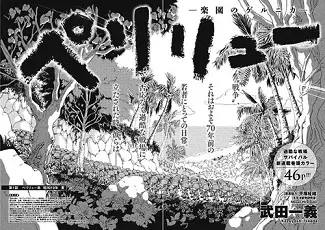
Photography has long been defined as “drawing with light”. The storytelling aspect of photography is the one that is most praised, the ability to tell whole stories and evoke emotions in the eyes of the viewer is divine. Japanese photography has been affiliated with a minimalistic approach for a long time. Works of Japanese photographic artists include a delectable blend of modernity and tradition and the ability to portray opposing emotions seamlessly. Over the years, the Japanese photography industry has been through many changes and has produced many revered and talented artists such as Rinko Kawauchi, Yuichi Hibi, Nagoya Hiroshi Sugimoto, and many more. Here are the top 10 Japanese photographers who have achieved celebrity status.
1. Rinko Kawauchi
Anyone who is a close fan of the Japanese style of photography must know the name and the works of the great Rinko Kawauchi. Her work is characterized by the utilization of soft light to achieve a blurry, dreamy sort of effect. A graduate of the Seian University of Art and Design, Rinko first began working as a commercial photographer at an advertising agency before she set her goal of pursuing fine arts photography. In 2001, Rinko published her three photo books: Hanako, Utatane, and Hanabi, out of which two of them received accolades. Since her formative years, her work mainly revolves around capturing intimate and mundane shots of daily life.
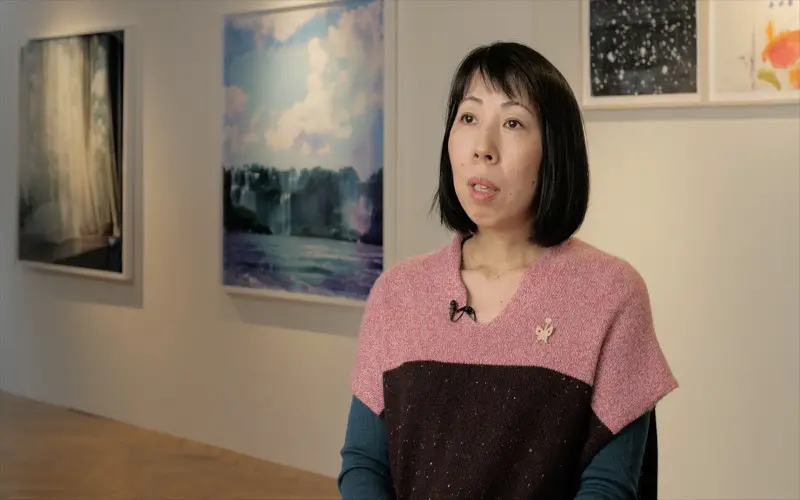
2. Daido Moriyama
Daido Moriyama is a Japanese photographer who specializes in black-and-white street photography. The veteran artist has been in conjunction with the inventive photo magazine Provoke. He started as an assistant to the co-founder of Vivo Eikoh Hosoe. After gaining his first brush with success with his first photobook Japan: A Photo Theater, Moriyama further developed his artistic styles in the 60s by capturing the dingy reality of Japanese urban years. Dreary, grainy shots and monochromatic color panels define his photography style.
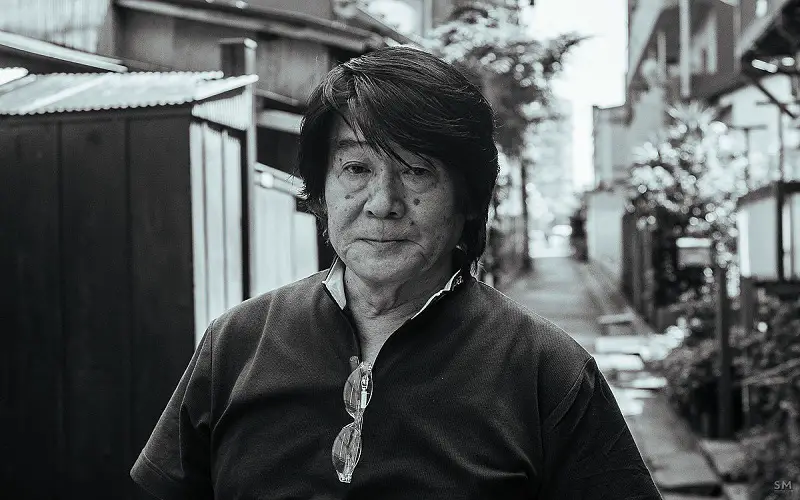
3. Shunji Dodo
Recipient of the prestigious Ina Nobuo Award, Shunji started his photography journey as a teacher at the Tōkyō Shashin Senmon Gakkō (now known as Visual Arts College Tokyo). He went on to teach in various other institutions such as Ōsaka Shashin Senmon Gakkō (now known as Visual Arts College Osaka), and even served as its headmaster. Shunji is well known for capturing historic events such as the Student protests of the 1970s and other events in the post-war Japan era. He is still an active pursuer of his arts.
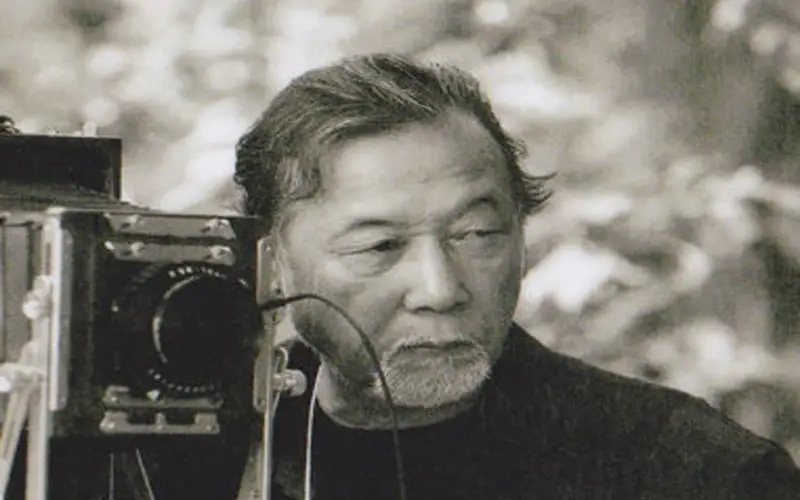
4. Masahisa Fukase
Fukase’s wife Yoko Wanibe was the subject of his earliest works. His artistic choices frequently revolved around capturing shots of his wife and the small photo studio owned by his family in his hometown. After his divorce from his wife, his photography artistry took a significant turn and became associated with heartache and loneliness, best exemplified by his work Karasu (The Solitude of Ravens). Karasu remains his most notable work and was selected as the Best Published Photo Book by the British Journal of Photography.
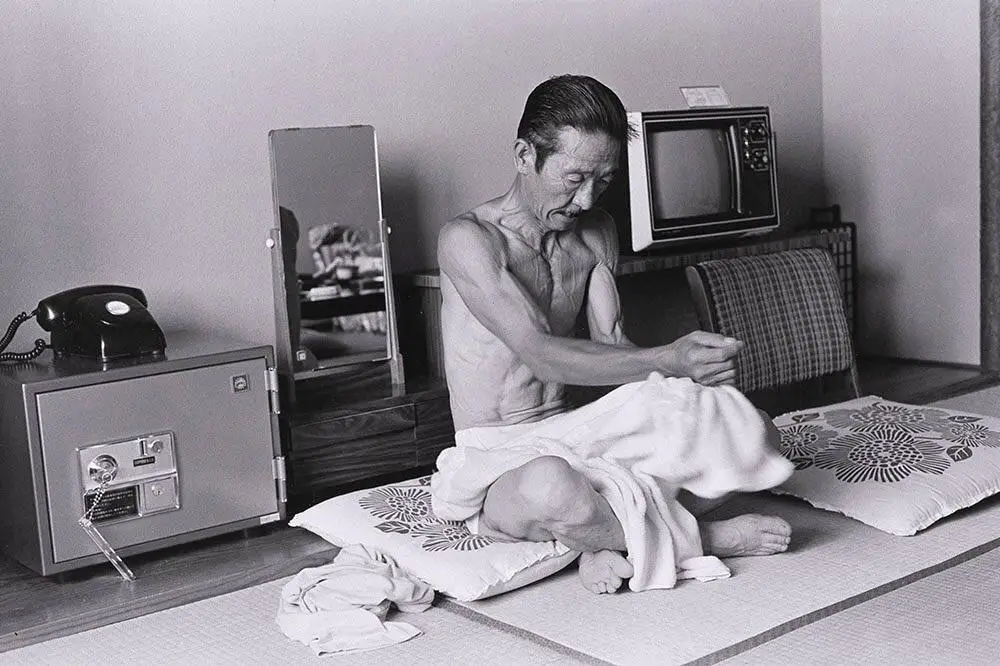
5. Tamiko Nishimura
Nishimura was a photography student at the Tokyo Photography College in 1969. After completing her graduation studies, she assisted in the darkroom for major Japanese photography icons like Daido Moriyama, Kōji Taki, and Takuma Nakahira. These artists heavily influenced Nishimura’s work. Her photography portfolio documents her voyager personality. She took many trips to Europe and southeast Asia to gain inspiration and capture photographs. Nishimura’s photographs have also gained space in Hong Kong’s M+ Museum.
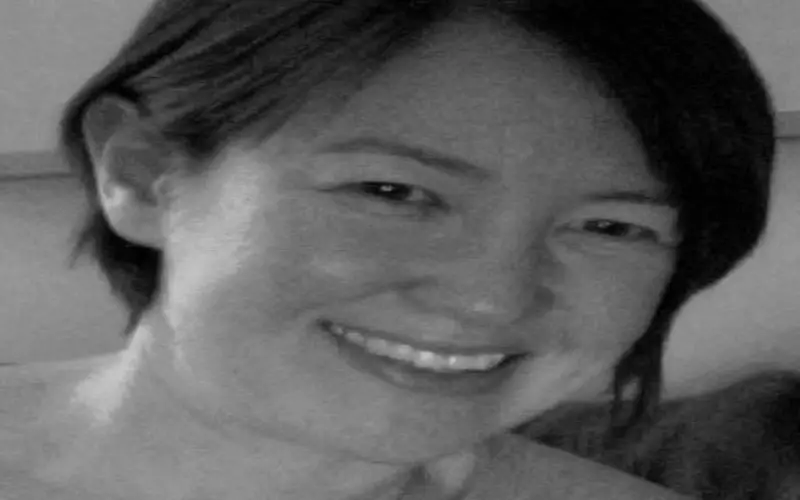
6. Hiroshi Hamaya
Hiroshi Hamaya joined Magnum Photos, a prestigious international photographic association, in 1960, making him the first Japanese photographer to ever accomplish this feat. He is widely known for his works capturing rural Japan. He frequently did gigs for the propaganda magazine Front, which featured Japanese war heroes of the Second World War, in his days. Hamaya’s photograph of kimono-wearing dancers received prominent attention, with more than nine million viewers having seen it when it was shown at the Museum of Modern Art. During his days as a protestor at the Anpo protests, he compiled his works of that period into a photobook called "A Record of Anger and Sadness", which was one of the first of its kind of “Protest Books”.
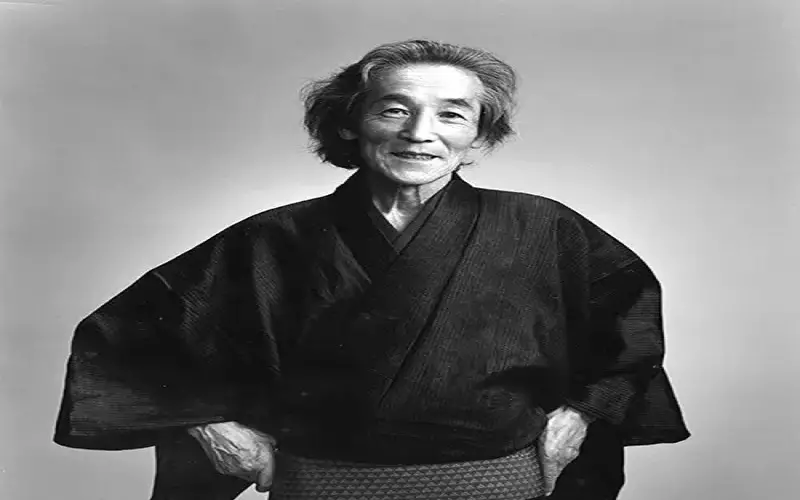
7. Takehito Miyatake
Miyatake’s photography style is defined by nature shots, like fireflies and erupting volcanoes, captured in long exposure technique. He is known as the “master of light” because of the frequent utilization of lights in his work to create a mythical and mysterious look. Following the calamitous Tohoku earthquake of 2011, Takehito took to capturing the ruinous aftereffects of the disaster and how the Japanese people’s lives were impacted.
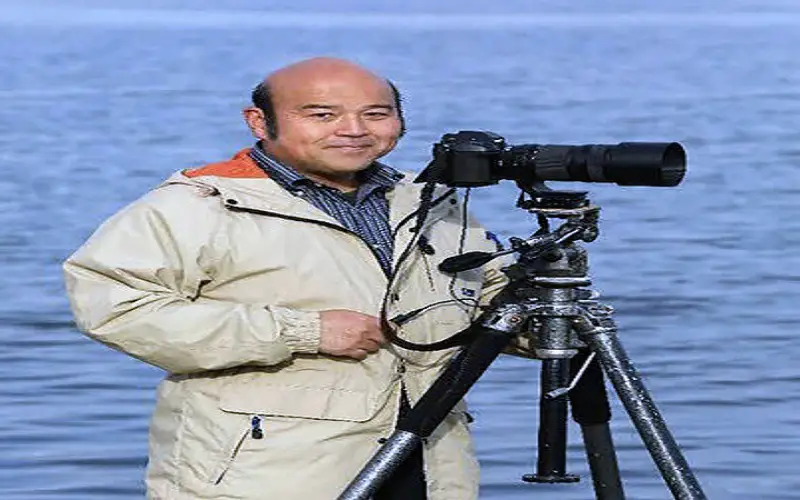
8. Shomei Tomatsu
Shomei Tomastu’s artistic years were signified by capturing the effect on Japan following World War II and the ensuing occupation by U.S. forces. He was one of the prime postwar photographers. When he was a student at Aichi University, he first opted for photography, and his works were frequently showcased in photocopy magazines. In the 1960s, Tomastu was commissioned to capture the war-torn areas of WW2 and the Hibakushas (surviving victims of the Hiroshima-Nagasaki nuclear bomb blasts) which remains his most prominent work to date.

9. Issui Suda
Suda was a Japanese photographer well known for his photographic style of capturing enthralling and inmost monochromatic portraits. His work focuses on visually documenting mundane aspects of human life. Suda masterfully utilizes shadows and lights in his photographs. He was part of the theatrical group Tenko Sajiki, led by Shuji Terayama, as a photographer from 1967 to 1971. From then onwards he worked as a freelance photographer till he acquired the position of a professor at Osaka University of Arts.
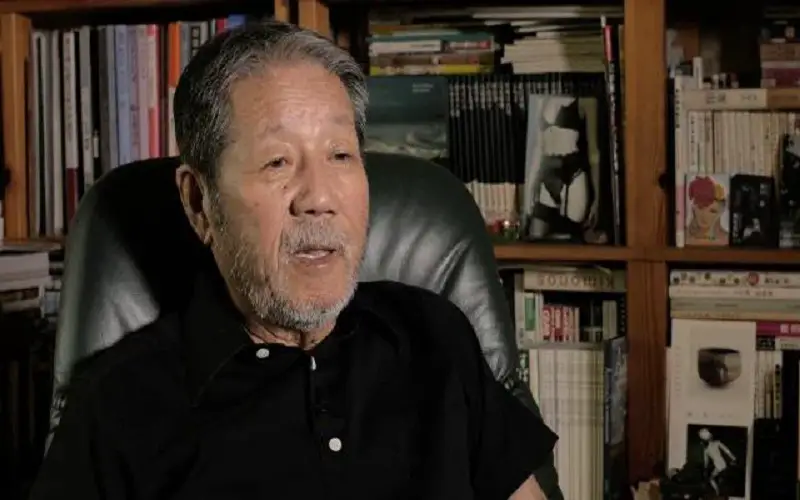
10. Naoya Hatakeyama
Hateyma explores the symbiotic relationship between humans and natural landscapes through his photographs. Born in Rikuzentakata, Iwate in 1968, Hateyama graduated from the University of Tsukuba in 1981 and completed his postgraduate degree from the same university in 1984. He is the recipient of many prestigious photography awards like the Kimura Ihei Memorial Photography Award, the Higashikawa Domestic Photographer Prize, the Mainichi Award of Art, and the Photographer of the Year Award from the Photographic Society of Japan.



